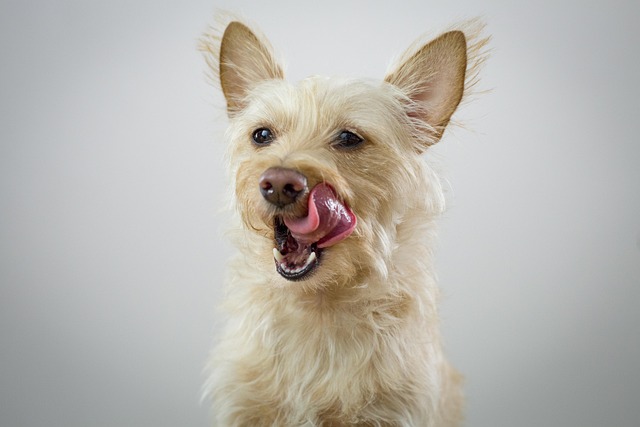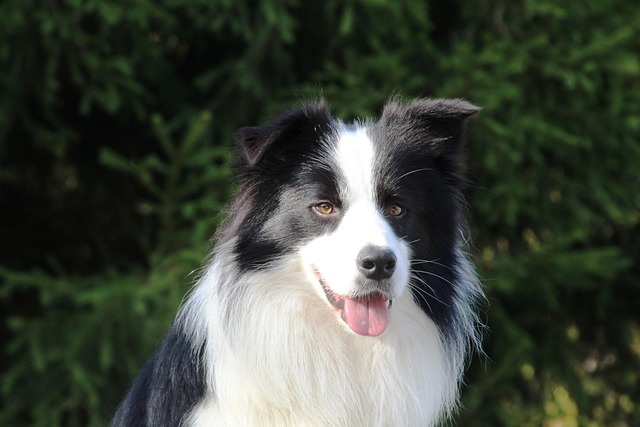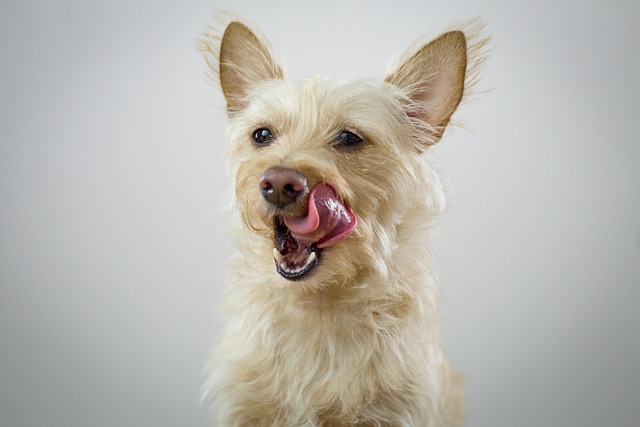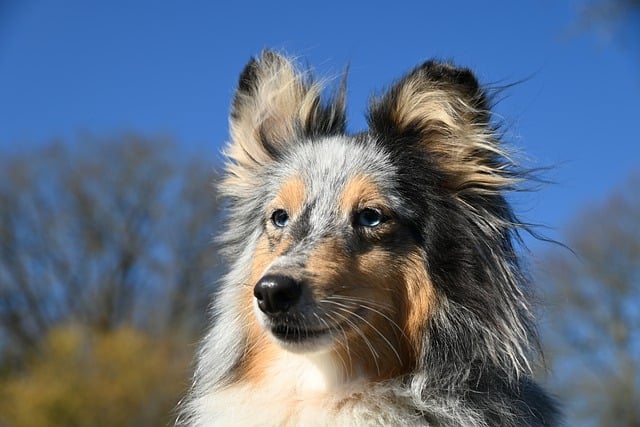When a dog gently places a fetched slipper at our feet or quietly sits on command, the expectant gleam in its eyes reveals a deep desire for approval. Proper rewarding is not merely about material giving but an art blending animal behavior science and emotional bonding, requiring us to unlock its secrets with professional knowledge and sincere love for our furry companions.
The timing of rewards lies at the core of building behavioral associations. Dogs thrive on "instant feedback"; if a reward comes more than 3 seconds after a behavior, their brains may fail to link "action" with "reward" accurately. A owner training a dog to "high-five" once delayed by fumbling for treats, leaving the dog confusedly tilting its head—such delayed rewards are like missed radio signals, failing to form effective connections in the dog’s cognition. The optimal moment is to mark the behavior with a clear "good" the instant it’s completed, followed immediately by a treat, teaching the dog that "this action brings pleasure."
Reward intensity should match behavioral difficulty. For a puppy first learning "lie down," high-value rewards (like chicken jerky) are ideal; a mastered "sit" can be maintained with ordinary kibble. A dog trainer shared a case: two Golden Retrievers learning "retrieve"—one rewarded with chicken breast, the other with regular food. The former learned 40% faster. This "difficulty-reward" balance sets a fair "value tag" on the dog’s effort, motivating it to tackle complex commands.
Reward forms should be diversified. Beyond food, petting (behind the ears, back), toy interaction (fetching a tennis ball), and verbal praise (in a gentle tone) are effective. A Border Collie indifferent to food excelled in agility training when its owner used a frisbee as a reward. Such personalized choices are like customizing a "joy button," making rewards genuine motivators.
Avoiding rewards for wrong behaviors is crucial. Giving treats when a dog barks for attention reinforces the false link "barking = reward." A Bichon Frise’s boredom-induced barking tripled after receiving snacks. The right approach: reward quietness and ignore misbehavior. This "selective reinforcement" helps dogs establish clear behavioral norms, like installing a correct "navigation system" in their minds.

A reward reduction strategy solidifies behaviors. New skills require 100% immediate rewards initially; once stable, switch to "variable ratio reinforcement" (rewarding randomly). A Teddy that learned "spin" stayed motivated when the owner shifted from always rewarding to randomly rewarding 1 out of every 3 commands—this "lottery-like" model keeps dogs eager, as unknown rewards are more appealing.
Emotional conveyance during rewards matters deeply. Dogs are sensitive to human emotions; a flat tone or mechanical gesture diminishes rewards’ impact. A owner who paired hugs and cheerful tones with rewards saw their dog respond 25% faster than with food alone. Emotional rewards make dogs feel not just physical satisfaction but also approval and love, strengthening the human-pet bond.
Crouching down to see a dog’s tail wagging from a reward, we feel the warmth behind it—it’s not just praise for an action but a response to their effort to understand our world. Every precise reward tells our furry friends: "I see your dedication, and you did great."
Training mistakes happen—maybe today’s reward is timely, tomorrow’s delayed by busyness—but patience helps us find the best rhythm. Witnessing a dog progress from tentative attempts to skillful execution, the improvements driven by proper rewards make every effort worthwhile.
Dogs can’t verbalize the joy of rewards, but their palm-nuzzling affection, sparkling eyes, and eagerness to perform commands are vivid feedback. Mastering correct rewarding gives us more than a well-behaved pet; it builds a relationship rooted in trust and love—we guide them with rewards, and they repay us with unconditional love, the warmest code of interaction between humans and dogs.






